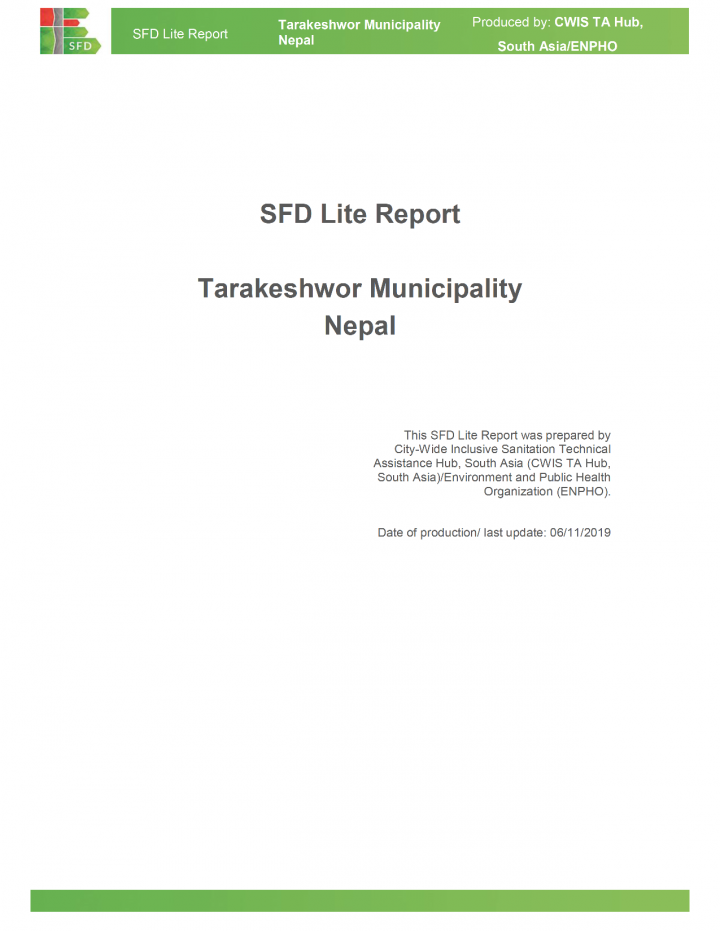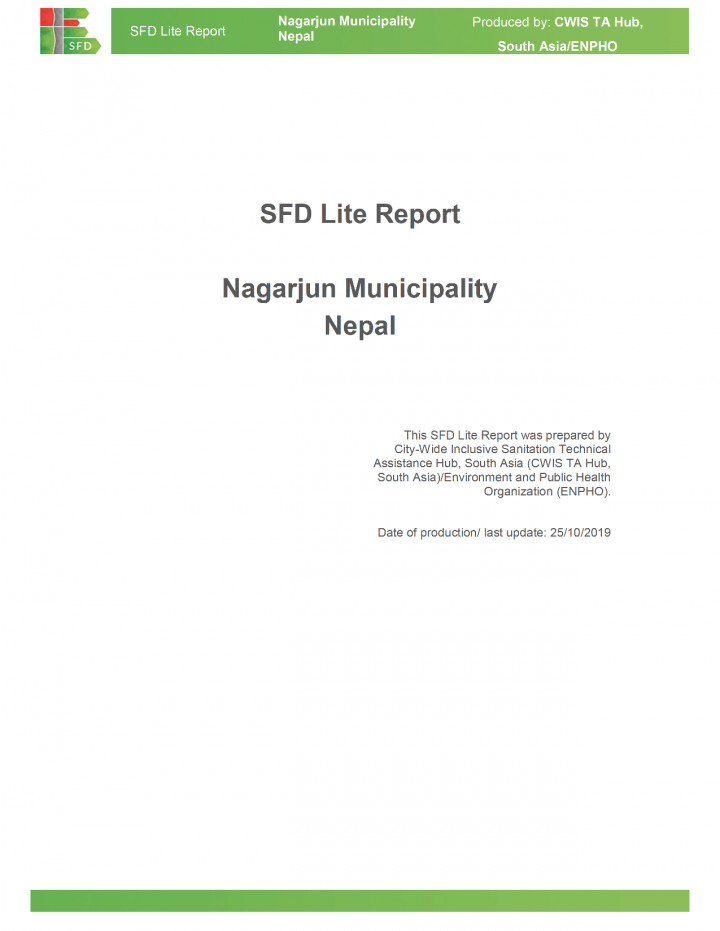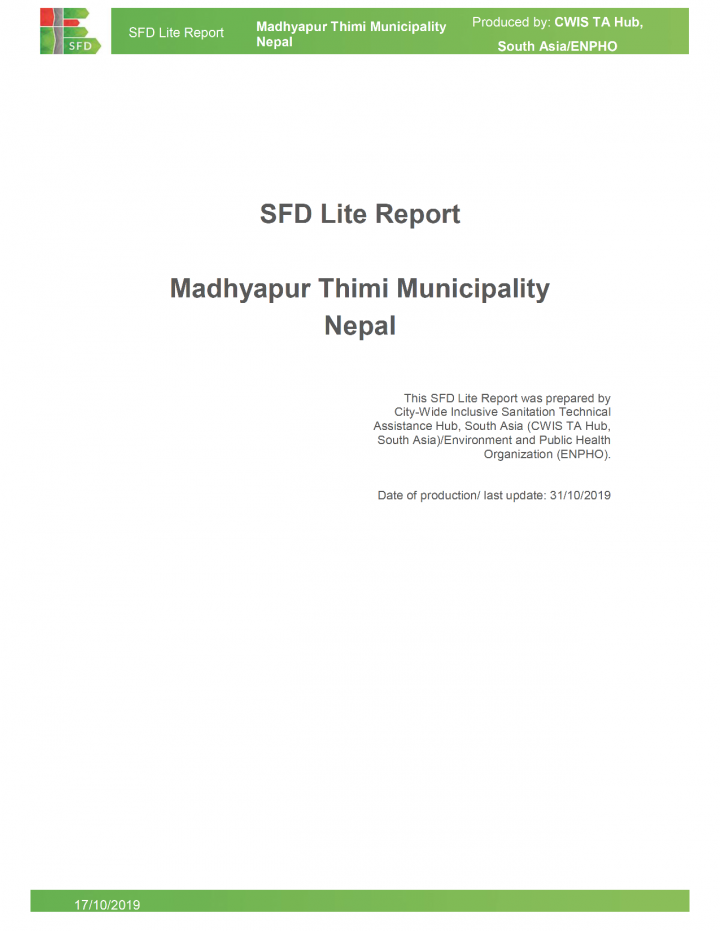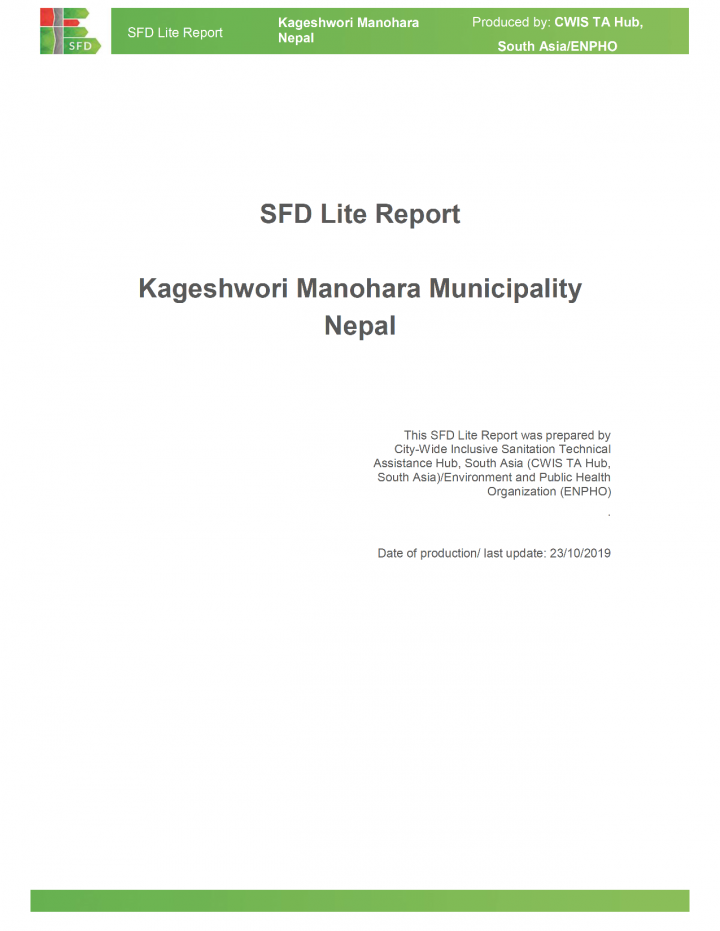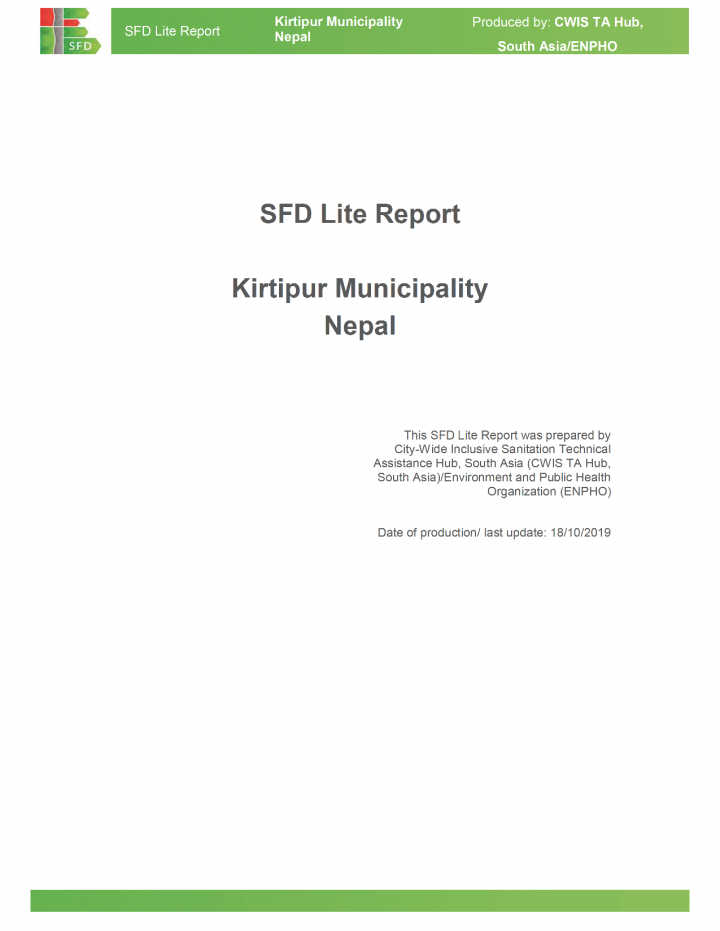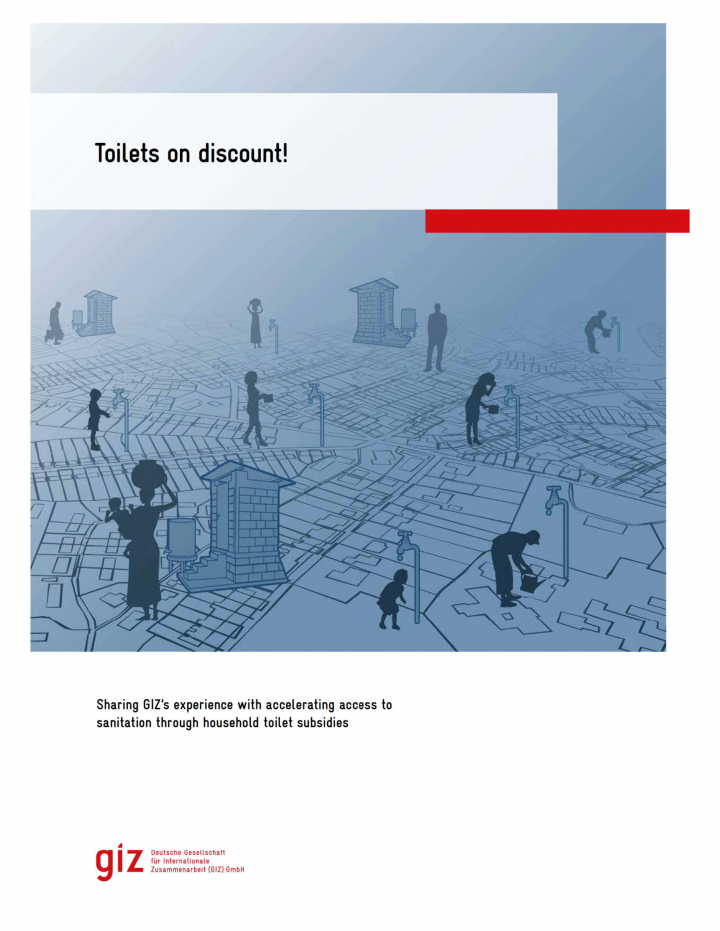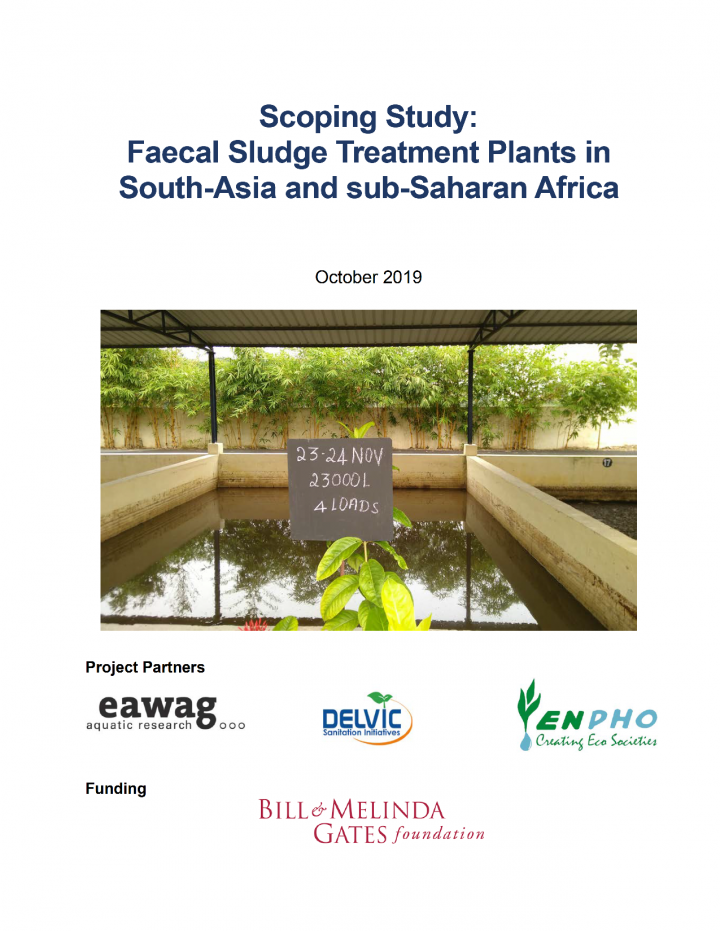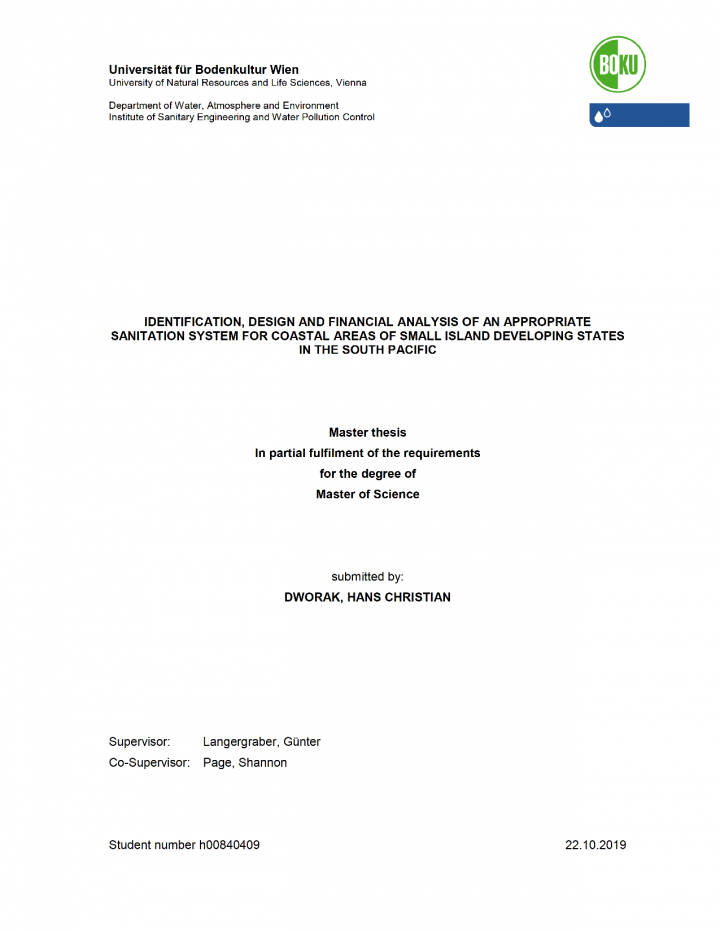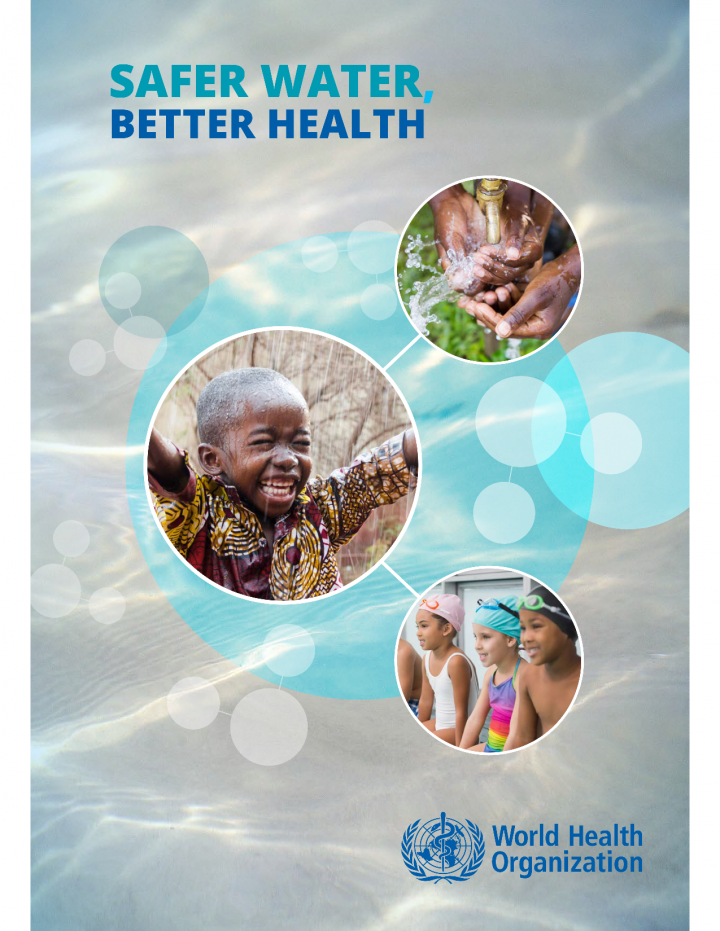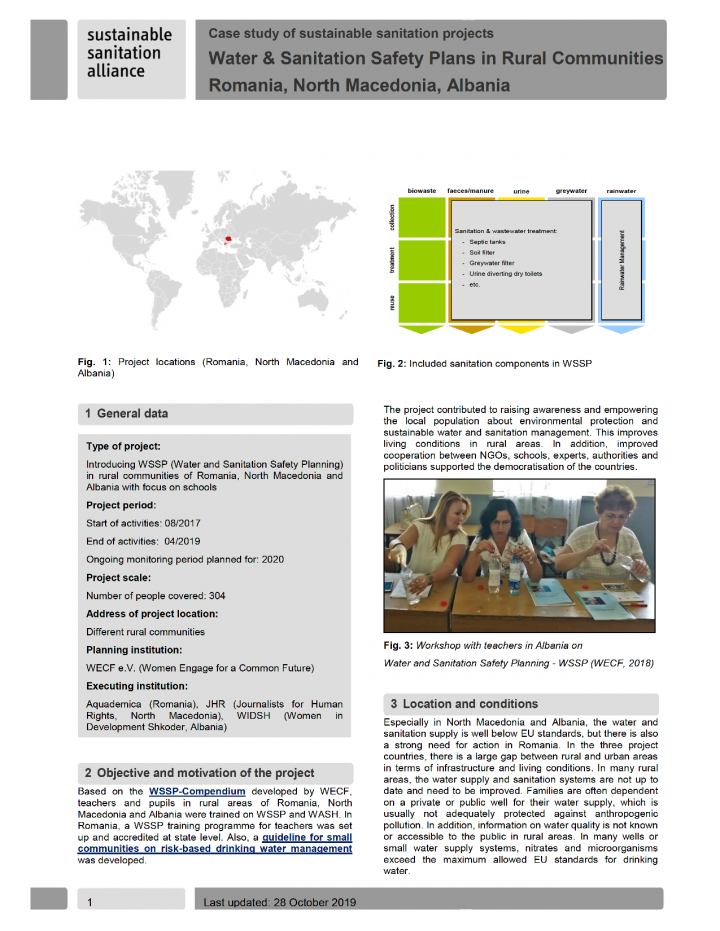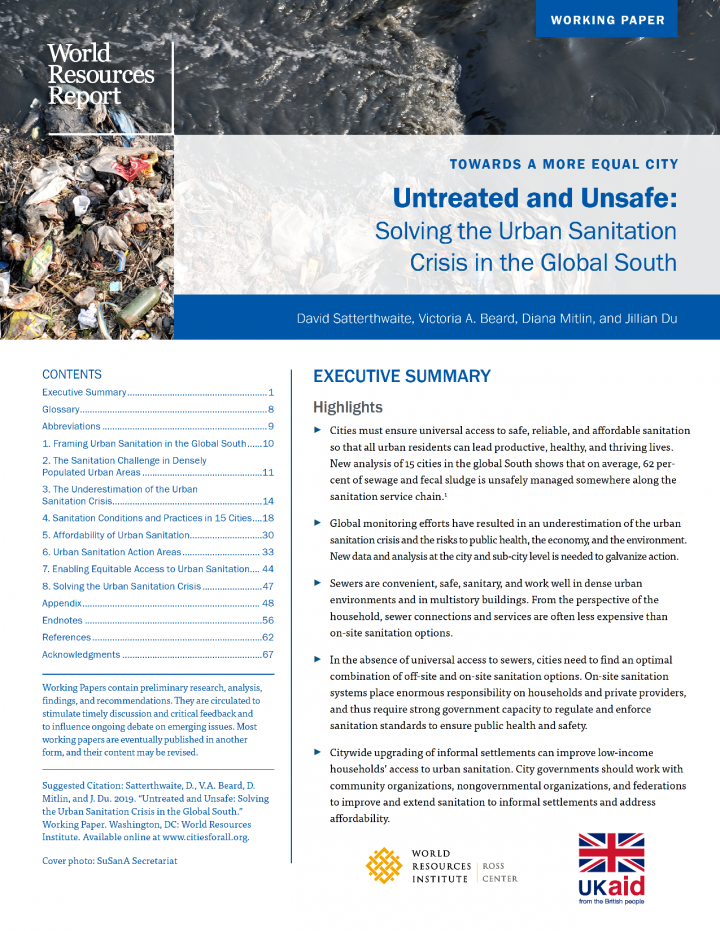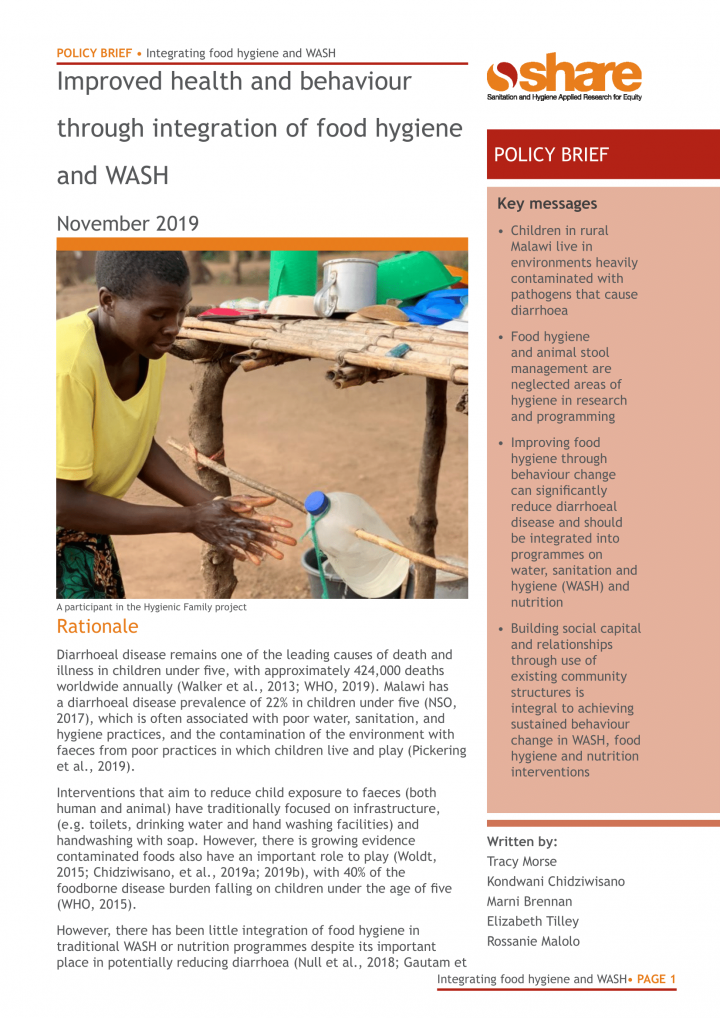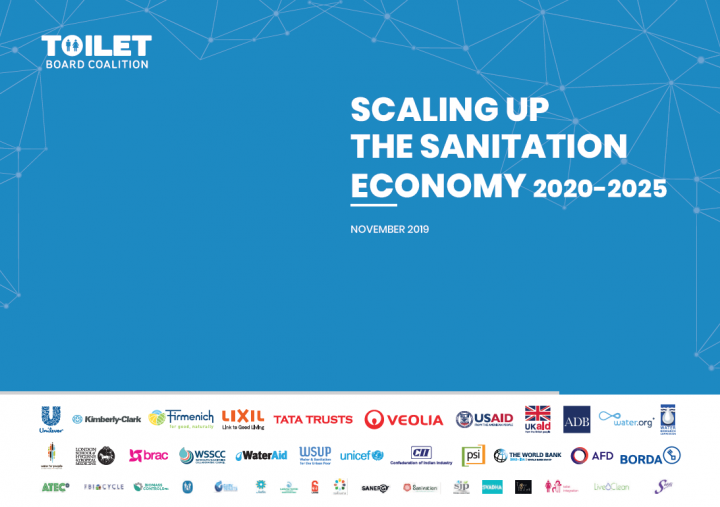Searching for information on Sanitation Workers?
The Sanitation Workers Knowledge + Learning Hub is the best source for all current news, trends, articles and updates on sanitation workers rights around the world.
This brief presents a new Empowerment in WASH Index (EWI) that is designed to measure empowerment in the WASH sector. We describe how the EWI tool is constructed using a series of indicators, and a case study applying the EWI in Burkina Faso.
The EWI measures agency, participation and empowerment in the water and sanitation sector. The Index is made up of indicators to assess empowerment in …
Tarakeshwor Municipality is located in Kathmandu district in Province no. 3 of Nepal. The total population of the municipality is 81,443 people residing on 20,133 households. Most people are dependent on public water supply. Households without access to public water supply rely on well and tap water. 38% of population are dependent on sewer system, followed by user interface directly connected to …
Nagarjun Municipality is located in Kathmandu district in Province no. 3 of Nepal. The total population of the municipality is 67,420 people residing in 16,746 households. The major sources of drinking water in Nagarjun Municipality are public water supply, well, springs and stream water. More than half of the population of Nagarjun Municipality is dependent on the sewer system followed by lined …
Madhyapur Thimi Municipality is located in Bhaktapur district in Province no.3 of Nepal, consisting of 9 wards. The total population of the municipality is 83,036 residing in 20,302 households. Combined sewers are predominantly found in Madhyapur Thimi Municipality, followed by lined tanks with impermeable walls and open bottom, lined pits with semi-permeable walls and open bottom with no outlet …
Kageshwori Manohara Municipality is located in Kathmandu district in Province No.3 of Nepal. The total population of the municipality is 102,235 residing in 26,166 households. People rely on either municipal water supply or from other sources. The main sources of drinking water are public tap, well and household bore water.
27% of the population are dependent on centralized combined sewer, 33% …
Tokha Municipality is an ancient city of Kathmandu district in Province No. 3 of Nepal. The total population of Tokha Municipality is 99,032 residing in 25,561 households. Majority of people of Tokha Municipality are dependent on municipal water supply. People who do not have access to municipal water supply system get water from their own sources, mostly groundwater such as well and tap water. …
Kirtipur is one of the historical cities, which was declared as municipality among 58 municipalities under the Municipal Act in 1996 (2053 B. S., in Nepali calendar) within the Kathmandu valley. The total population of Kirtipur Municipality is 65,602 residing in 19,941 households. People of Kirtipur Municipality rely on either municipal water supply or from other sources. The main sources of …
The debate on subsidies has recently resurfaced in the context of the ambitious Sustainable Development Goal to achieve universal access to safely managed sanitation and the very significant funding gap to achieve this. The water and sanitation sector has always been highly subsidized, yet those subsidies mostly flow into support for existing customers rather than extension of services to the …
Worldwide over the last years, a shift has taken place in the acceptance of faecal sludge management (FSM). It is now considered by many to be a viable solution alongside sewer-based systems in achieving citywide inclusive sanitation, and faecal sludge treatment plants (FSTPs) are starting to be constructed throughout Asia and Africa. For example, more than 40 FSTPs started operation in India and …
Rural coastal areas of Small Island Developing States in the South Pacific are often characterized by high groundwater tables, flood proneness and scarce freshwater resources. Thin and permeable soil layers featuring a limited unsaturated zone make the groundwater lens below these islands highly vulnerable to microbiological and chemical contamination. The prevalent sanitation systems (i.e. …
This report presents estimates of the WASH-attributable burden of 12 major diseases, adverse health outcomes and injuries and evidence for links between WASH and another 14 conditions that have not yet been quantified because of data limitations. Not all the health effects of inadequate WASH on the diseases assessed could be quantified, such as the wider community risks of unsafe disposal or use …
Based on the WSSP-Compendium developed by WECF, teachers and pupils in rural areas of Romania, North Macedonia and Albania were trained on WSSP and WASH. In Romania, a WSSP training programme for teachers was set up and accredited at state level. Also, a guideline for small communities on risk-based drinking water management was developed. The project contributed to raising awareness and …
Building on the success of the first four International FSM Conferences in Chennai (2017), Hanoi (2015) and in Durban (2011& 2012), the FSM5 conference brought together professionals working in the sector, including utilities, service providers, cities, governments, academics, scientists, consultants, donors and industries, to support the global initiative of disseminating sustainable solutions …
Cities must ensure universal access to safe, reliable and affordable sanitation so that all urban residents can lead productive, healthy and thriving lives. Globally, the number of urban residents who lack safely managed sanitation has increased from 1.9 billion in 2000 to 2.3 billion in 2015, costing $223 billion a year in health costs and lost productivity and wages. When households cannot …
Bheemdatt municipality is located in Kanchanpur District of Sudur Paschim Pradesh, Nepal. The municipality covers an area of 171.63 square kilometres. It is home to 62,050 people as per census 2011. The municipality, which has been declared Open Defecation Free Zone on November 2017, is divided into 19 wards.
The municipality has a stormwater drain in core urban areas but lacks municipal …
In 2018, the WASH sector was surprised by three new high-quality studies (WASH Benefits, Kenya and Bangladesh and SHINE, Zimbabwe) that showed little or no impact of selected WASH interventions on reducing childhood diarrhoea and stunting. Some practitioners, researchers and funders have reacted by questioning the value of investing in WASH compared to other public health interventions and how …
Children in rural Malawi live in environments heavily contaminated with pathogens that cause diarrhoea. Food hygiene and animal stool management are neglected areas of hygiene in research and programming. Improving food hygiene through behaviour change can significantly reduce diarrhoeal disease and should be integrated into programmes on water, sanitation and hygiene (WASH) and nutrition. …
The study used qualitative methods to assess the effects of a multi-modal school-based water, sanitation and hygiene (WASH) intervention on handwashing behaviour among primary students in North Western (NW) Tanzania. Barriers and facilitators to handwashing were explored in the students who participated in the Mikono Safi Trial (Kiswahili for ‘Clean Hands). The intervention increased students' …
The black soldier fly (BSF) can cope with a wide range of environmental conditions and the adult fly is not a vector of
disease. BSF larvae can consume different organic materials, including various organic wastes generated in large volumes within urban areas. By doing so, they reduce waste volume, grow into a protein-rich biomass and leave behind a nutrientrich residue. The harvested larvae can …
Every year, the human race produces over 350 million tonnes of poo – that’s enough to fill 140,000 Olympic swimming pools! Unless that human waste is properly dealt with, every single gram will pose a significant health risk to us and our planet.
Ensuring that our contact with human waste ends when we leave the toilet is one of the most important jobs in society, and yet around the world …
The health of both coral reefs and people are imperiled by a local threat that is widespread across the globe—sewage and the typical components it carries (e.g., nutrients, sediments, heavy metals, endocrine disruptors, pathogens, and pharmaceuticals). Despite this common threat, those concerned with human health and those concerned with coral reef health have rarely joined forces. To …
Leading businesses are engaged in efforts to reimagine sanitation systems as a net contributor of resources and data while addressing critical human rights. More importantly these leaders are driving their companies to go beyond risk and compliance to bring transformative positive change to millions of people affected by their business operations.
Global companies employ several millions of …
Sircilla, founded in 1987, is a second grade municipality in Rajanna Sircilla District in the Indian state of Telangana. According to the 2011 census, the total population is 75,640 and the urban agglomeration population of the city is 83,186. Sircilla is situated on Karimnagar Kamareddy Road, 40 km from Karimnagar, at 78° 48’ 00” East and 18° 25’ 00” North. It is located on the banks …
Lamahi municipality is located in Dang district of province number 5, Nepal. The municipality covers an area of 327 square kilometres along the stretch of East-West highway in the country. The municipality is home to 47,655 people as per census 2011. The municipality is divided into 9 wards. The municipality has declared open defecation free zone in 2014.
The municipality lacks sewer networks …


